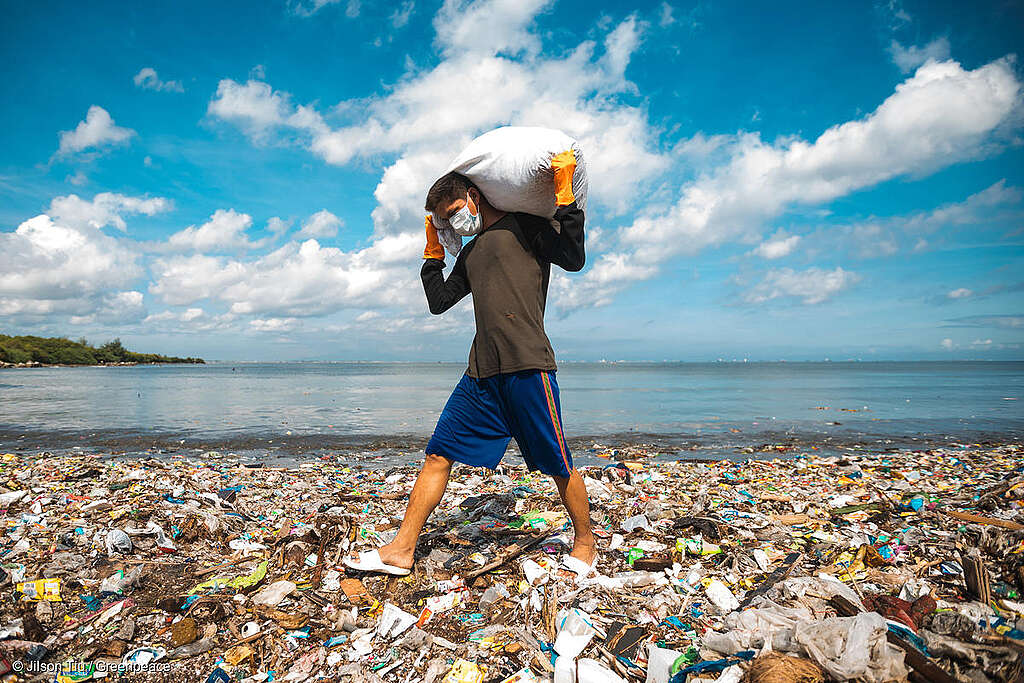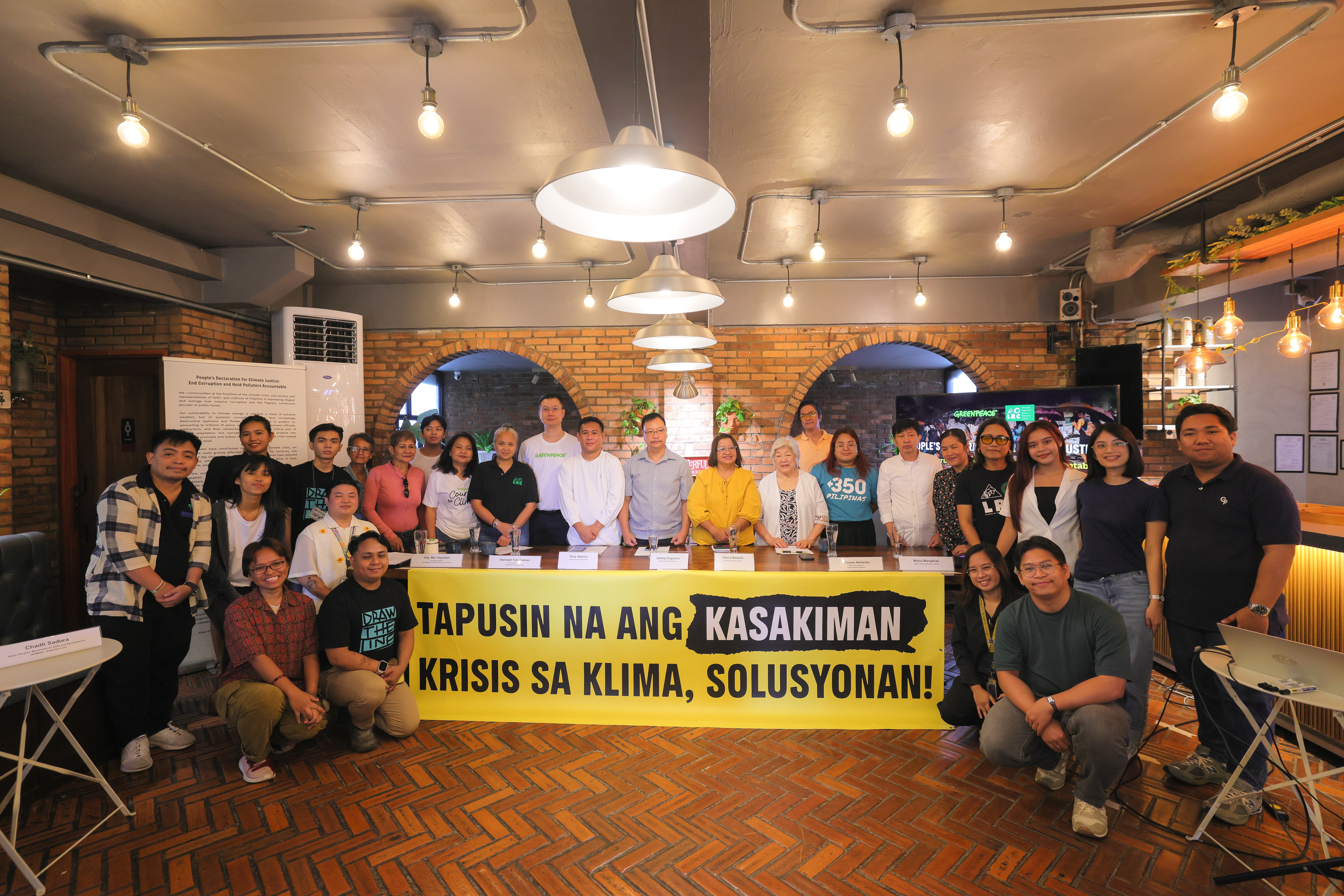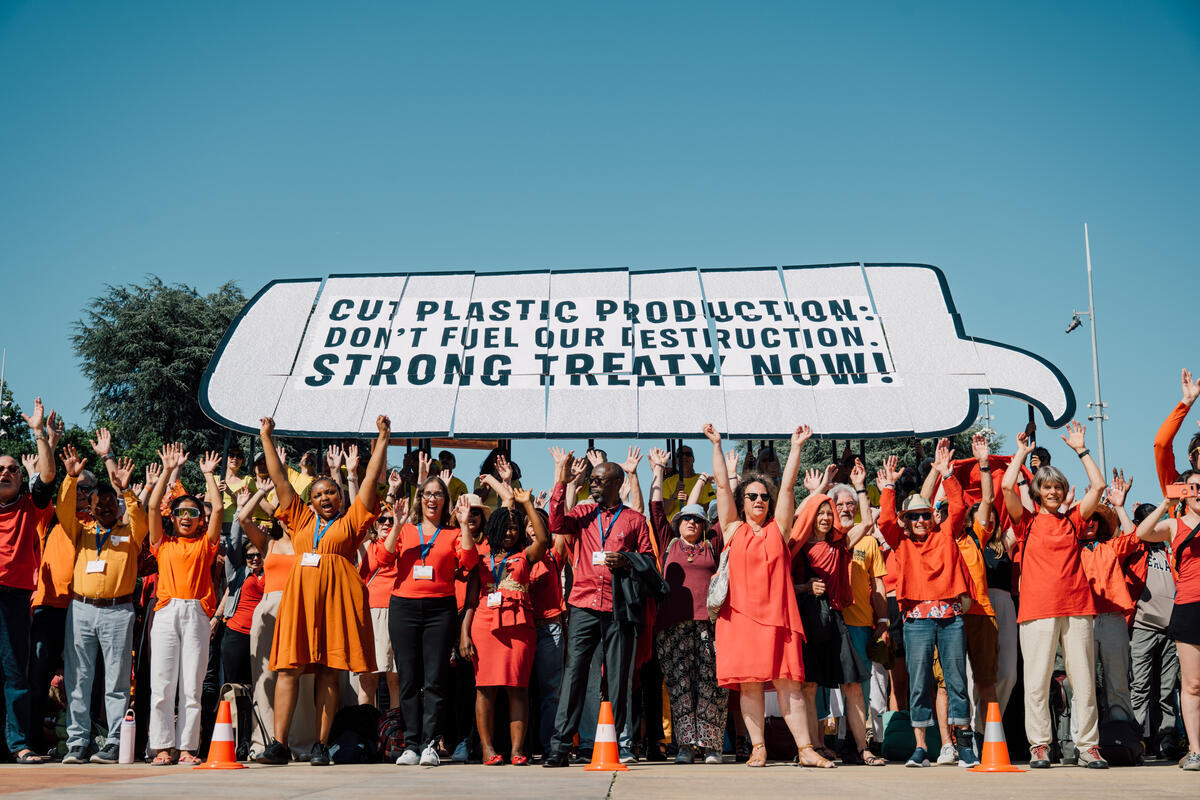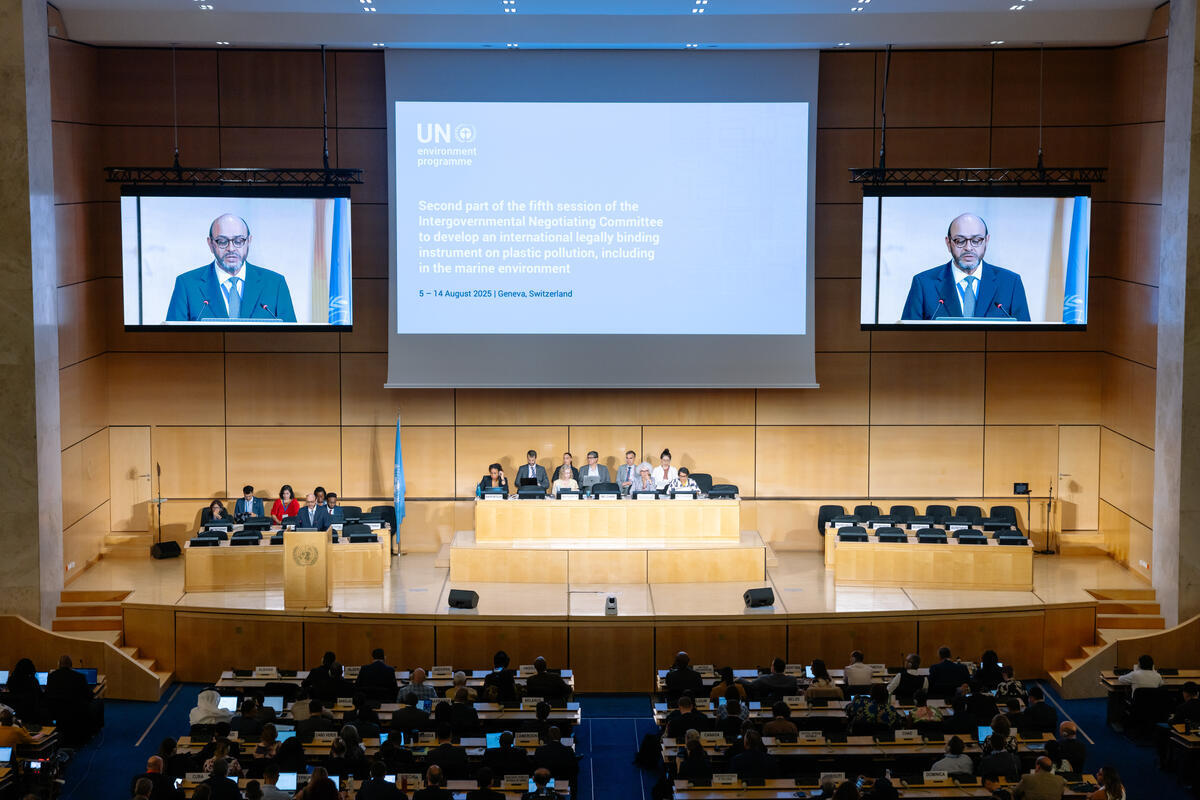
In a world teeming with natural beauty and vast oceans, a silent enemy lurks beneath the waves. We were taught to appreciate the beauty of our environment, understand how it works, and appreciate its vibrant colors. Yet, we failed to recognize the harm we were causing to our Mother Earth.
The monsters of pollution have slowly gained control, turning the once convenient and colorful plastics into agents of destruction. Do we want to see a mountain of plastics devoid of life? Do we desire the stench of a polluted lake? Do we envision a plastic-polluted shore as the backdrop to a serene sunset? Certainly not. Plastic pollution has emerged as one of the most pressing environmental challenges worldwide, threatening ecosystems, wildlife, and human health.
Each day, large quantities of plastics are produced and used, leading to a worsening crisis. Single-use plastics, such as bottles and straws, have inundated landfills and oceans, degrading natural habitats, releasing harmful chemicals, and posing long-term health risks. Marine life suffers immensely from the presence of plastic debris. Plastic has become an inescapable part of our lives.
The “Life in Plastic” exhibit by Greenpeace Philippines offered a profound experience, evoking conflicting emotions and a sense of guilt. The visual representations of an endangered whale trapped in plastics, a globe constructed from discarded vehicle components, clothing made of plastic materials, and food crafted from bubble wraps and plastic packagings shed light on the dire consequences of our actions. This exhibition served as a stark reminder that plastic pollution jeopardizes the future of our youth and the world they will inherit.
As young people and future leaders, we believe in the transformative power of the Global Plastics Treaty. Merely relying on beach clean-ups and recycling projects is not enough. We must tackle the problem at its source. By having a strong and ambitious treaty, we can mitigate health issues caused by plastic pollution and alleviate the burden faced by those forced to work in highly polluted areas, especially in the Philippines.
Inaction today guarantees failure in the future. The “Life in Plastic” exhibition opened our eyes to the trap we have set for ourselves. We have become so dependent on plastic, particularly single-use plastic, that envisioning a world with reduced or eliminated plastic seems unimaginable. However, with determination and cooperation, we can climb out of this hole. The urgency of the situation compels us, as the youth, to take action. We can raise awareness, advocate for policy reforms, initiate impactful initiatives, and be accountable for our plastic consumption and waste management practices. Together, we can create a greener, healthier, and more sustainable future.
In conclusion, let us remember this saying that perfectly encapsulates our predicament: “Sometimes the easiest way to solve the problem is to stop participating in the problem.”
###
Briana Legaspi, Jessica Mae Dela Cruz, Sofia Yesha Laurel, and Marvie Prado are students from De La Salle University – Dasmariñas in Cavite City.



